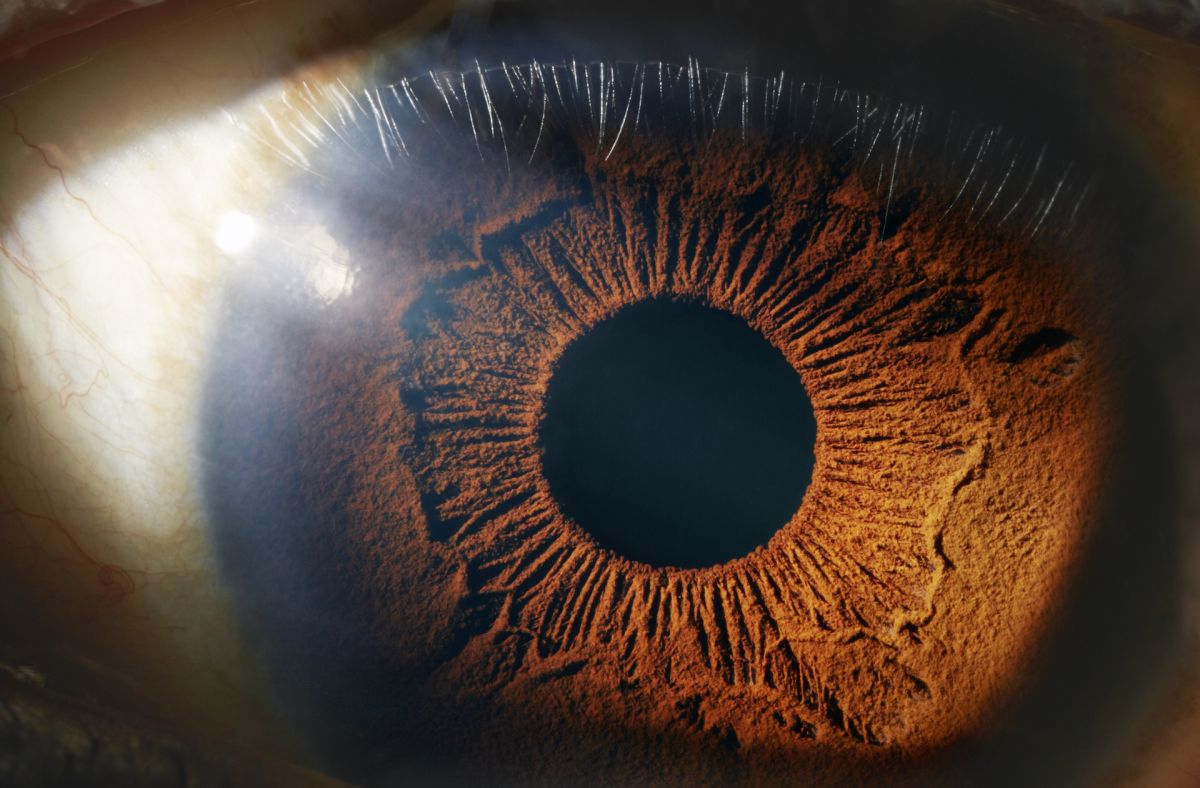By examining tiny vessels inside a person’s eyes, doctors might one day be able to predict that person’s risk of early death, according to a new study.
Though the risk of illness and early death generally increases with chronological age, that risk can vary quite a bit among individuals of the same age, according to a statement. That difference can be explained by a person’s “biological age,” which unlike chronological age ticks at an individual rate for each person, depending on several health factors.
Previous studies have explored various biomarkers in the body that might be able to determine a person’s biological age, including specific genes, cognitive abilities, blood pressure and immune system function, Live Science previously reported.
Past research had shown the retina, light-sensitive layers of nerve tissue at the back of the eye, as a possible indicator of a person’s biological age, because it can provide clues about disease risk. “The retina offers a unique, accessible ‘window’ to evaluate underlying pathological processes of systemic vascular and neurological diseases that are associated with increased risks of mortality,” the authors wrote in the study, published Jan. 18 in the British Journal of Ophthalmology.
In the new study, the researchers turned to a deep-learning technique that could predict a person’s risk of death by analyzing the biological age of the retina.
Their deep-learning model, a type of machine learning and artificial intelligence that’s modeled to learn similar to a human brain, analyzed more than 80,000 images of fundus — the internal back surface of the eye that includes the retina. They obtained the images from nearly 47,000 people between the ages of 40 and 69, stored in the UK Biobank, a biomedical database of more than a half-million U.K. residents. To figure out whether their model was accurate, they first analyzed more than 19,000 fundus images taken from more than 11,000 participants who were in relatively good health. The idea was that the retinal biological ages of these people should be fairly similar to their chronological age.
—7 ways the mind and body change with age
—7 ways to stay healthy after 40
—5 reasons aging Is awesome
The model was fairly accurate in predicting retinal ages, with an accuracy of within 3.5 years to chronological ages. They then used the model to assess the remaining nearly 36,000 participants’ fundus photos collected across a span of 11 years. They found that 51% of the participants had a “retinal age gap” — the difference between biological and chronological age — of more than 3 years, 28% had a gap of more than 5 years and 4.5% had a gap of more than 10 years. In other words, these participants had “older” eyes compared to their chronological age.
Those who had larger age gaps had a 49% to 67% higher risk of death from causes other than cardiovascular disease or cancer. With every one year increase in the age gap, the risk of death increased by 2% for any cause and 3% for causes other than cardiovascular disease and cancer. But they didn’t find a link between retinal age gap and death due to cardiovascular disease or cancer.
The researchers note that because it was an observational study, they couldn’t determine a cause-and-effect relationship. “These findings suggest that retinal age may be a clinically significant biomarker of ageing,” the authors wrote.
Originally published on Live Science.
Yasemin Saplakoglu
Staff Writer
Yasemin is a staff writer at Live Science, covering health, neuroscience and biology. Her work has appeared in Scientific American, Science and the San Jose Mercury News. She has a bachelor’s degree in biomedical engineering from the University of Connecticut and a graduate certificate in science communication from the University of California, Santa Cruz.
Source: Read Full Article

